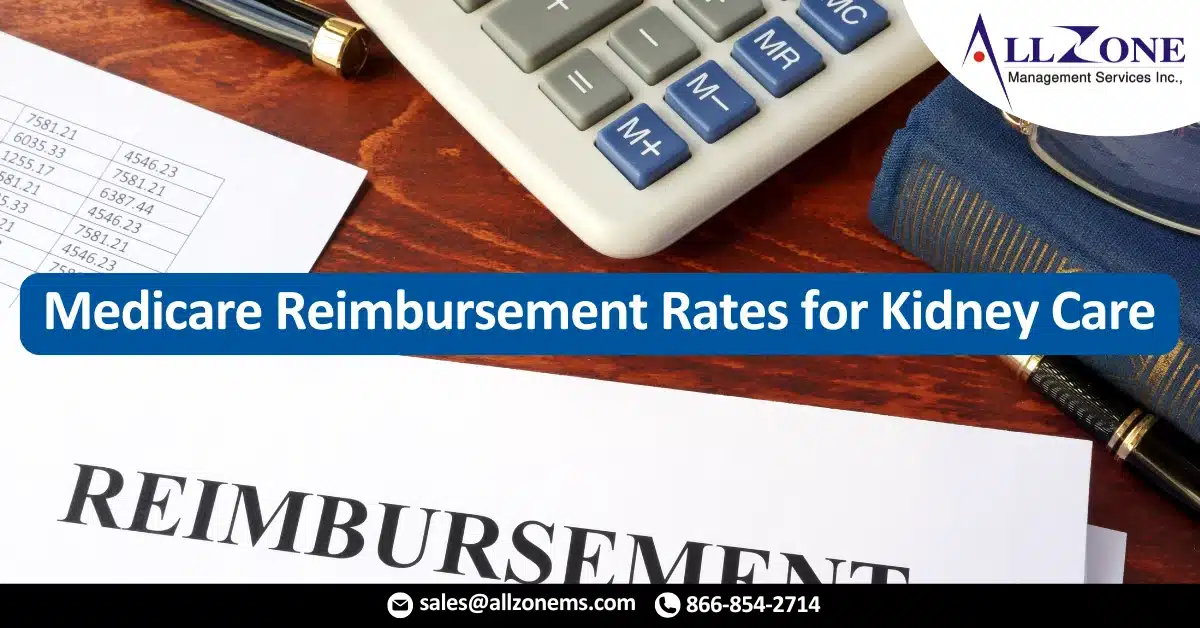The final rule for the CY 2020 End-Stage Renal Disease (ESRD) Prospective Payment System will boost Medicare reimbursement to encourage dialysis innovation.
CMS last Thursday finalized a rule that will bump the bundled Medicare reimbursement rate for end-stage renal disease (ESRD) providers by $4.06 in 2020 and create a transitional add-on payment adjustment for certain new dialysis equipment and supplies.
The Medicare reimbursement bump will bring the base rate under the ESRD Prospective Payment System (PPS) in the 2020 calendar year (2020) to $239.33, a decrease compared to the proposed rule, which would have boosted the base rate by $5.00 to $240.27.
According to the CY 2020 ESRD PPS final rule, CMS expects to pay approximately $10.3 billion in Medicare reimbursements to about 7,000 ESRD providers next year for the costs of delivering renal dialysis services.
The final rule will also update the outlier policy under the ESRD PPS by decreasing the outlier services fixed-dollar loss from $57.14 to $41.04 and the Medicare allowable payment (MAP) amount from $35.18 to $32.32 for pediatric services, as compared to CY 2019 values. For adult beneficiaries, the fixed-dollar loss will decrease from $65.11 to $48.33 and the MAP amount will decrease from $38.51 to $35.78.
CMS intends for the outlier policy updates to increase payments for ESRD beneficiaries requiring higher resource utilization in accordance with a one percent outlier percentage, which was not achieved in CY 2019. Since the target was not achieved, the agency used CY 2018 claims data to calculate updates in CY 2020.
The CY 2020 ESRD PPS final rule also aims to encourage innovation in kidney care and boost provider access to the new treatments by establishing a transition add-on payment adjustment for some renal dialysis equipment and supplies furnished by ESRD providers.
The new adjustment, which CMS dubbed the “Transitional Add-on Payment Adjustment for New and Innovative Equipment and Supplies (TPNIES),” will pay for equipment and supplies that “represent an advance that substantially improves, relative to renal dialysis services previously available, the diagnosis or treatment of Medicare beneficiaries,” a fact sheet explained.
Specifically, to qualify for the payment, the equipment and services must:
- Have been have been designated by CMS as a renal dialysis service
- Have been granted marketing authorization by FDA on or after January 1, 2020
- Are commercially available by January 1 of the particular calendar year, meaning the year in which the payment adjustment would take effect
- Have a Healthcare Common Procedure Coding System (HCPCS) application submitted in accordance with the official Level II HCPCS coding procedures by September 1 of the particular calendar year
- Meet the substantial clinical improvement criteria specified in the Inpatient Prospective Payment System regulations at 42 CFR 412.87(b)(1) and related guidance
- Are not capital-related assets
The TPNIES will be based on 65 percent of the price established by the Medicare Administrative Contractors, using the information from the invoice and other relevant sources of information, CMS explained in the final rule.
CMS Administrator Seema Verma stated in press release that the final rule is phasing out “outdated government regulations that stand in the way of the care they need.”
“We are modernizing payment for durable medical equipment and advancing innovative solutions to deliver necessary treatment to those with kidney disease. This rule marks the beginning of a new era for kidney care,” she explained.
The CY 2020 ESRD PPS final rule in conjunction with major changes to how Medicare pays for kidney care will over the obstacles providers currently face with delivering high-quality chronic disease management services, she added.
CMS proposed in July several new alternative payment models for providers treating Medicare beneficiaries with ESRD and chronic kidney disease. The first model called ESRD Treatment Choices (ETC) would be a mandatory demonstration that incents providers to boost the use at-home dialysis services and kidney transplants. The voluntary models – the Kidney Care First (KCF) and Comprehensive Kidney Care Contracting (CKCC) – would test how fixed payments for kidney care services would improve care quality.
The federal agency also recently opened applications for the latter options. Dialysis facilities, nephrologists, and other healthcare providers have the opportunity to form ESRD-focused accountable care organizations (ACOs) under the models, which are known together by CMS’ Innovation Center as Kidney Care Choices.
Specifically, the models will use value-based medicare reimbursement and a glide path to full financial risk to incent providers to improve care for those with ESRD and chronic kidney disease stages 4 and 5, delay the onset of chronic kidney disease, and boost kidney transplantation rates.
The model will be a Merit-Based Incentive Payment System (MIPS) alternative payment model and some payment options will also qualify as Advanced Alternative Payment Models by 2021.
Industry stakeholders have been generally welcoming of the Kidney Care Choices model. However, they are more critical of the proposed ETC, arguing that the mandatory model inappropriately incents kidney transplants.
For More Information: cms finalizes 2020 medicare reimbursement rates for kidney care

